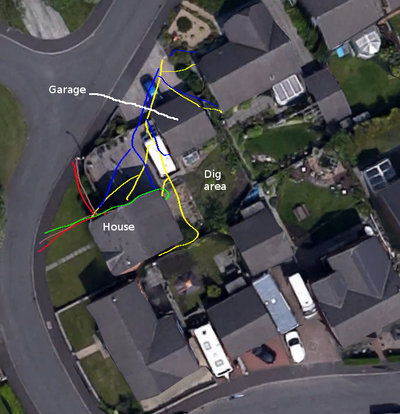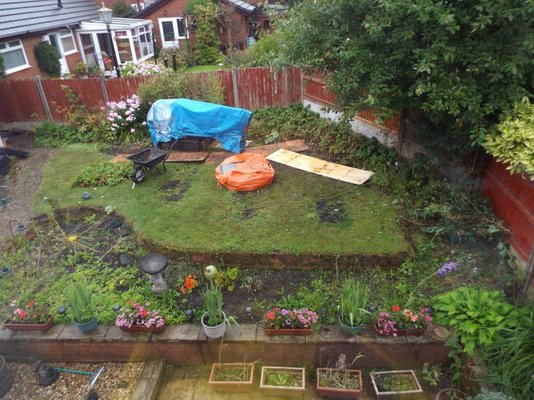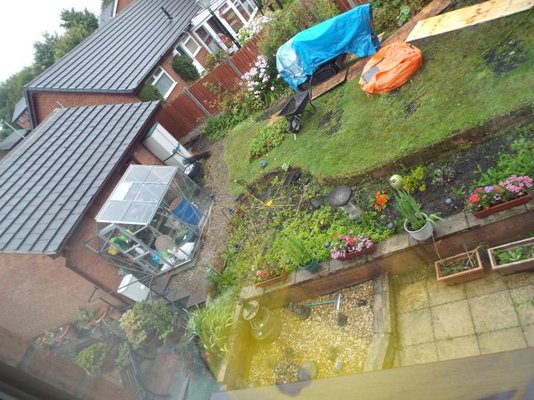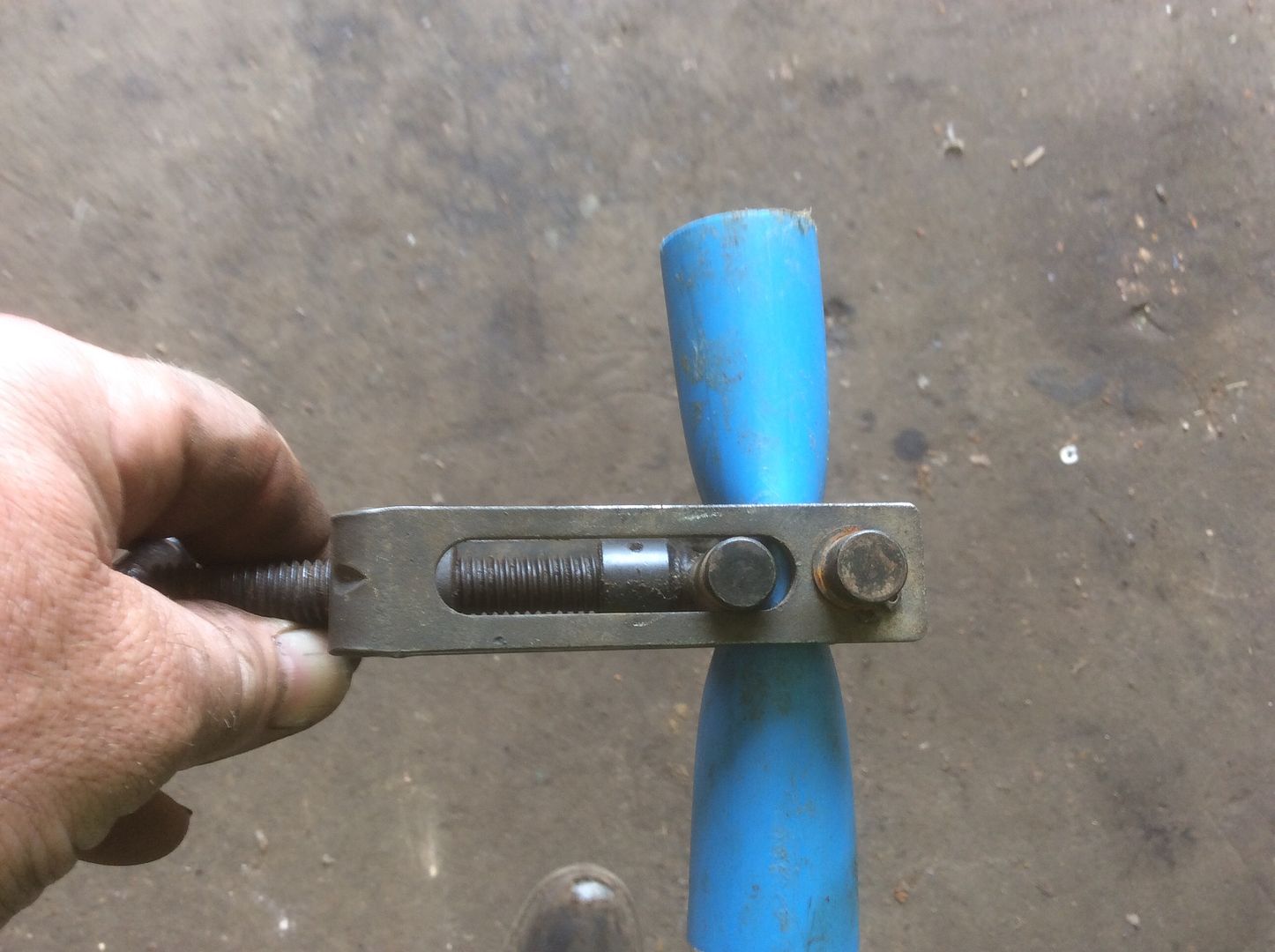I'm getting on a bit
Member
- Messages
- 512
- Location
- London UK
Hit the leccy and it's bye bye Adrian
what thers no rcd on the line (sniggers)



There are more injuries caused from damaged cables shortly after the event.what thers no rcd on the line (sniggers)
Seen a few pipes go. Wasn't on site for the gas main someone got.
Previous employer pulled a tree over with a JCB unknown to him an armoured cable came with it. Took the substation out. Same job he nearly put the digger in an old cesspit 3mx4mx2m deep. Needless to say I didn't hang around for long and found a new employer. Hit a water main once myself came through the neighbours fence and had no business being there. Always keep a pipe clamp handy thankfully.



I think the back garden was basically a builders dump area!

There are more injuries caused from damaged cables shortly after the event.
Cable is damaged = big flash and bang then the sparks stop, driver get out and get closer to see what he hit.
In the meantime the auto rest circuit breaker or auto fuse changer has re set and re energised the line. Depending on the fault the cable may either re energise and stay live or ark again. This process may repeat upto 3 times.
It is often this re energising that may get people as once any initial flash is seen they presume it is now safe.


If the ground is as wet as @AdrianH seems to indicate, what would the effect of severing a live supply which would then effectively be lying in water?
Would the operator be in any danger when he got off the digger, or would the supply go into an on/off 'loop'?
Genuine question, I don't like messing with stuff I can't see..........

I have worked on a few buried cables on site even though i know both ends are bonded down to earth and locked off i always work as if the supply is live.
Unless you live next to the substation you will be fine.My word your a cheery lot!
Adrian

All depends how it is damaged and if it is normal LV or HV.
HV will often try to re set as often the arc has enough force to clear the original fault.(Basically the copper or ally vaporise until it disappears back into the insulation.) In water it would depend on any earthing to carry the fault current.
Not something i ever want to see.
LV can clear if self in a phase to phase fault. in water it will normally arc until the fuses give in.
Not saying you would be ok but i would say the risk from fire or burning is still higher than electrocution.
This video shows the result of a possible re supply to a fault. you can see the pavement is already burnt from the 1st blast and burns again when powered up again.
The guys from the DNO have my uppermost respect, i know its all about safe systems and training but i would not do the job they do.
I have personally seen a guy with full frontal burns from a flash over on a 500a busbar. At the time auto pilot kicks in you make sure the ambulance is called,make sure the site is safe, 1st aid to cool the skin. Its after it hits home, i could smell burnt flesh for the rest of the day and i am sure it must be psychological but a good few days later every now and then the small was back just briefly.
I have a fault on a buried cable i am tracing now cant find it with testing but its pulling a load after heavy rain.
I have worked on a few buried cables on site even though i know both ends are bonded down to earth and locked off i always work as if the supply is live.

 I'd definitely be hand digging in the area(s) I knew to be near any supply cables after seeing that. Thanks for posting.
I'd definitely be hand digging in the area(s) I knew to be near any supply cables after seeing that. Thanks for posting. 
If you want to be double safe they make shovels with composite ends and insulated fibreglass handles.Holy Moly!!
I'd definitely be hand digging in the area(s) I knew to be near any supply cables after seeing that. Thanks for posting.

If you want to be double safe they make shovels with composite ends and insulated fibreglass handles.


